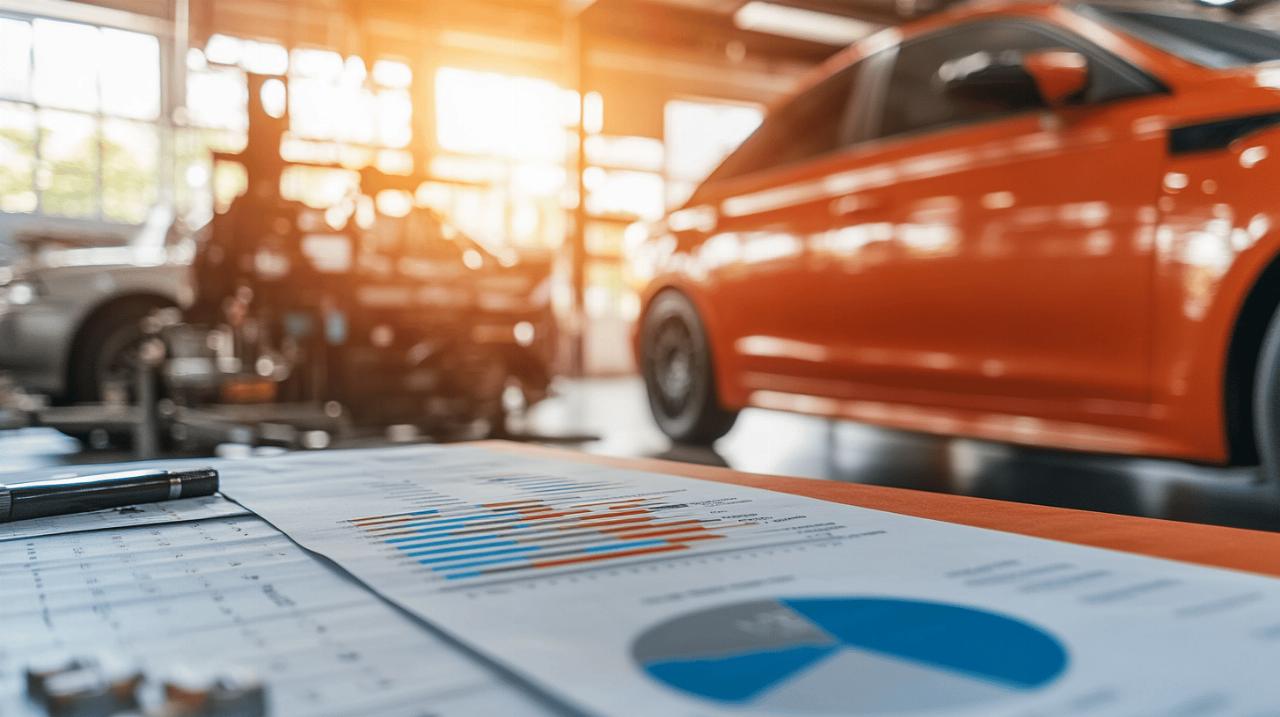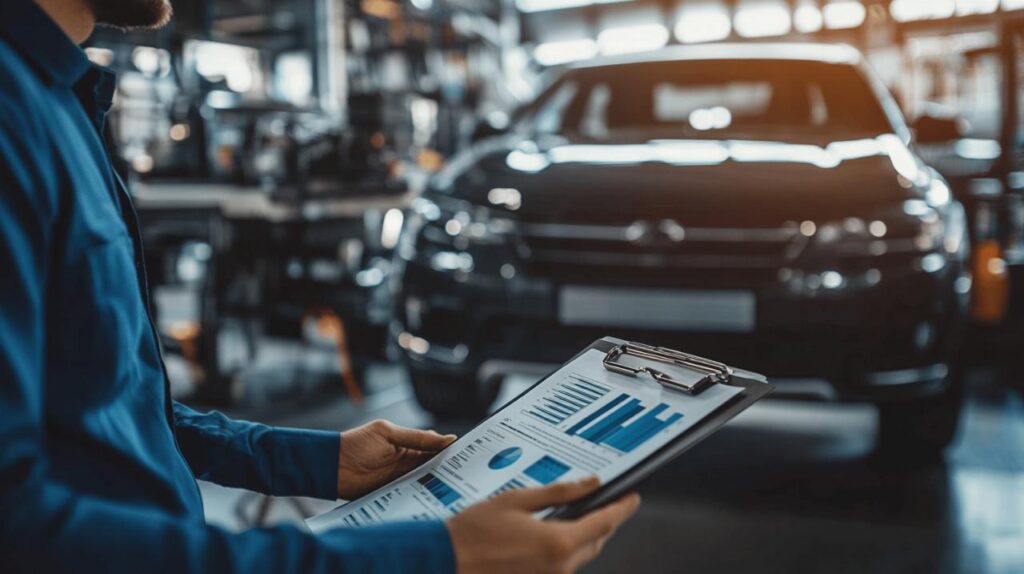Proper vehicle upkeep is not just about extending your car’s lifespan; it’s about ensuring safety, reliability, and avoiding costly repairs down the road. Whether you’re a new driver or have been behind the wheel for decades, understanding how to maintain your vehicle properly can save you time, money, and stress. This guide covers essential maintenance practices that every vehicle owner should know.
Understanding your vehicle’s basic needs
Every auto manufacturer designs vehicles with specific maintenance requirements. Knowing these requirements forms the foundation of proper car care. Many drivers overlook the wealth of information available in their vehicle’s documentation, leading to unnecessary wear and tear on crucial components.
Interpreting the owner’s manual properly
Your owner’s manual is essentially your vehicle’s instruction book, containing vital information about service intervals, fluid specifications, and troubleshooting guidance. Despite this, studies show that only 19% of drivers always check their cars before a trip, while a concerning 30% never perform any checks at all. Taking time to familiarize yourself with this document can prevent many common maintenance mistakes and help you identify potential issues before they become serious problems.
Many car owners find it helpful to use maintenance acronyms as memory aids. The FORCES acronym (Fuel, Oil, Rubber, Coolant, Electrics, and Screen wash) serves as an excellent reminder of essential checks, while others prefer FLOWER (Fuel, Lights, Oil, Water, Electrics, Rubber). These simple tools can help ensure you don’t miss critical maintenance points during your routine inspections.
Creating a personalised maintenance schedule
While manufacturer recommendations provide a solid foundation, your driving habits and environment may necessitate adjustments to the standard maintenance schedule. Frequent short trips, extreme weather conditions, or dusty environments all place additional stress on your vehicle’s systems. A personalised schedule might include more frequent oil changes for cars driven primarily in stop-and-go traffic or additional undercarriage cleaning for vehicles operated in areas where road salt is common.
Regular inspections can help you avoid both significant repair bills and potential legal problems. For example, driving with worn tyres isn’t just dangerous; it can result in penalties. Similarly, faulty lights can lead to fines of up to £100 and three penalty points. Creating reminders for checks based on time intervals or mileage helps ensure critical maintenance doesn’t slip through the cracks.
Fluid management: the lifeblood of your car
 Fluids are crucial to your vehicle’s operation, with each serving a specific purpose in keeping your car running safely and efficiently. From lubrication to cooling, proper fluid management is perhaps the most fundamental aspect of vehicle maintenance.
Fluids are crucial to your vehicle’s operation, with each serving a specific purpose in keeping your car running safely and efficiently. From lubrication to cooling, proper fluid management is perhaps the most fundamental aspect of vehicle maintenance.
Checking and replacing engine oil
Engine oil serves as the lifeblood of your engine, lubricating moving parts and helping to transfer heat away from combustion areas. Most manufacturers recommend checking oil levels at least monthly and changing it approximately every 6,000 miles, though this varies by vehicle model and driving conditions. When checking oil, ensure the car is parked on level ground and the engine has been off for several minutes to allow the oil to settle in the pan.
The condition of your oil matters as much as its level. Fresh oil appears amber and translucent, while oil that needs changing becomes darker and opaque. Some modern vehicles feature electronic oil monitoring systems, but visual inspection remains valuable. When replacing engine oil, always use the grade specified in your owner’s manual and consider synthetic options for better engine protection, especially in extreme temperatures or high-performance applications.
Monitoring coolant, brake fluid and screen wash levels
Coolant prevents your engine from both freezing in winter and overheating in summer. Checking coolant involves examining both the level and condition, as degraded coolant loses its protective properties. Always check coolant when the engine is cold to avoid burns from pressurized hot fluid. Most vehicles should have coolant replaced every two to five years, depending on the type used and manufacturer recommendations.
Brake fluid is hygroscopic, meaning it absorbs moisture from the air over time. This water contamination can lead to reduced braking performance and internal corrosion of brake components. Visual inspection should include checking the fluid level and clarity—brake fluid should be clear to amber, not dark or cloudy. Many garages offer free brake inspections, which can help identify potential issues before they affect your safety. Similarly, maintaining adequate screen wash levels ensures clear visibility in all weather conditions and helps prevent windscreen wiper damage. Using proper screen wash solution rather than just water provides better cleaning and prevents freezing in colder temperatures, an essential safety consideration for year-round driving.


